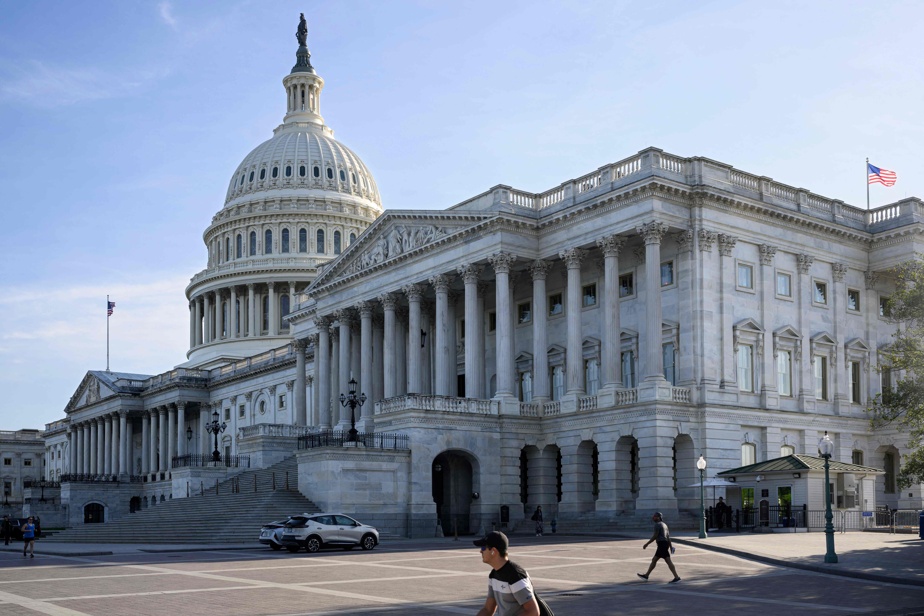Almost every day, we learn that the United States sends millions and billions of dollars here and there, but where do they get all this money? Is there a limit to this debt which I imagine to be colossal? It’s hard to imagine that one day they will be able to repay their debt…
—Jocelyn Hardy
Billions are indeed raining south of the border. For Ukraine, for green energy and for the semiconductor sector, to name just a few recent examples. Where does all this money come from? This is money borrowed by the US government, which spends more than it collects in revenue. With the exception of a few years which can be counted on the fingers of one hand, public finances are in deficit and these deficits are accumulating.
The resulting national debt is, as you say, colossal. It reached a historic level, at more than 30,000 billion US (more than 41,000 billion CAN). Since 2013, the US public debt has exceeded the size of the economy and it continues to rise. Is there a limit and should we be concerned? We asked the question to Francis Généreux, the senior economist at Desjardins who is closely interested in the American economy.
There is a lot of talk about the size of the American debt, but we are not too worried about it yet.
Francis Généreux, senior economist at Desjardins
The United States, the world’s largest economy, has no problem financing this debt, he explains. Investors around the world are very fond of bonds issued by the US government, which are liquid and secure. The US dollar still rules global trade, the economist adds, even though it has long been predicted to be replaced by the Chinese yuan, cryptocurrency or other currencies.
This growing debt is also becoming more and more expensive to finance as interest rates rise. Slowly but surely, annual interest payments to those who hold debt securities are currently approaching US$1 trillion.

A primarily political concern
Francis Généreux points out that credit agencies from time to time draw attention to American debt. Two of them, Moody’s and Fitch, have already reduced the United States’ credit rating. “But their concern mainly concerns the functioning of the government and the frequent disagreements over the debt ceiling which threaten to paralyze the country,” he specifies.
Even the Chairman of the American Federal Reserve (Fed), Jerome Powell, publicly says that the public debt is “unsustainable”. He even said on television that “it’s time we had this again in [le] viewfinder”. “We can say that it is urgent. »
Despite everything, there is no sign of an imminent move to slow down the increase in debt, either by spending less or by increasing taxes, notes the economist.
As for the day when this debt could be repaid, we should not even think about it, according to him. “We expect an individual, who has a limited lifespan, to repay his debts before dying, but we do not expect the same from a government which, in principle, cannot die. »
Consult our section “Demystifying the economy”
